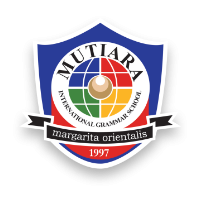Academic
Assessments
Student Assessment in the Junior School is comprehensive, continuous and an integral part of the learning process.
Educators use a wide variety of assessment approaches including formative, summative, case studies for student tasks with the expected learning outcomes.
Primary Assessment and Reporting
The school wide assessment and coursework practices adopt an integrated and comprehensive assessment structure that focus on 60% formative (assessment for learning) and 40% summative progressive evaluation (assessment of learning).
Each academic year implements a termly e-reporting procedure that announces the progress of learners to parents. Learning outcomes that are set on clear expectations and procedures, guide and help us track the progress of our learners, be it inside or outside the classroom.
Continuous assessment practices follow throughout the academic year with two major diagnostic options
- Cambridge Primary Progression Tests (Only for Key Stage 2)
These tests are administered in English, Mathematics and Science subjects and are marked internally. This will provide a detailed summary of the learner performance through structured teacher feedback. - Cambridge Primary Checkpoint (Year 6)
They are marked in Cambridge at the end of the primary programme for English, Mathematics and Science. This will provide a detailed and comprehensive diagnostic report on the learners performance level throughout the year. Parent-Teacher Conferences
We support all our parents to achieve the dreams they nurture for their child’s educational progress and development. Termly scheduled and calendared parent-teacher conferences are conducted to discuss their child’s learning growth with us.End of Term Report Cards
A termly report card provides a comprehensive compilation of the teaching and learning formative and summative grades. Students receive a progress indicator for each subject with an acknowledgment of their effort through the term, as well as their strengths and areas of growth.Emphasis is given to formative assessment and the appropriate continuous evaluation (termly) procedures based on set criteria that guide educators in determining the level of performance of the pupils.


